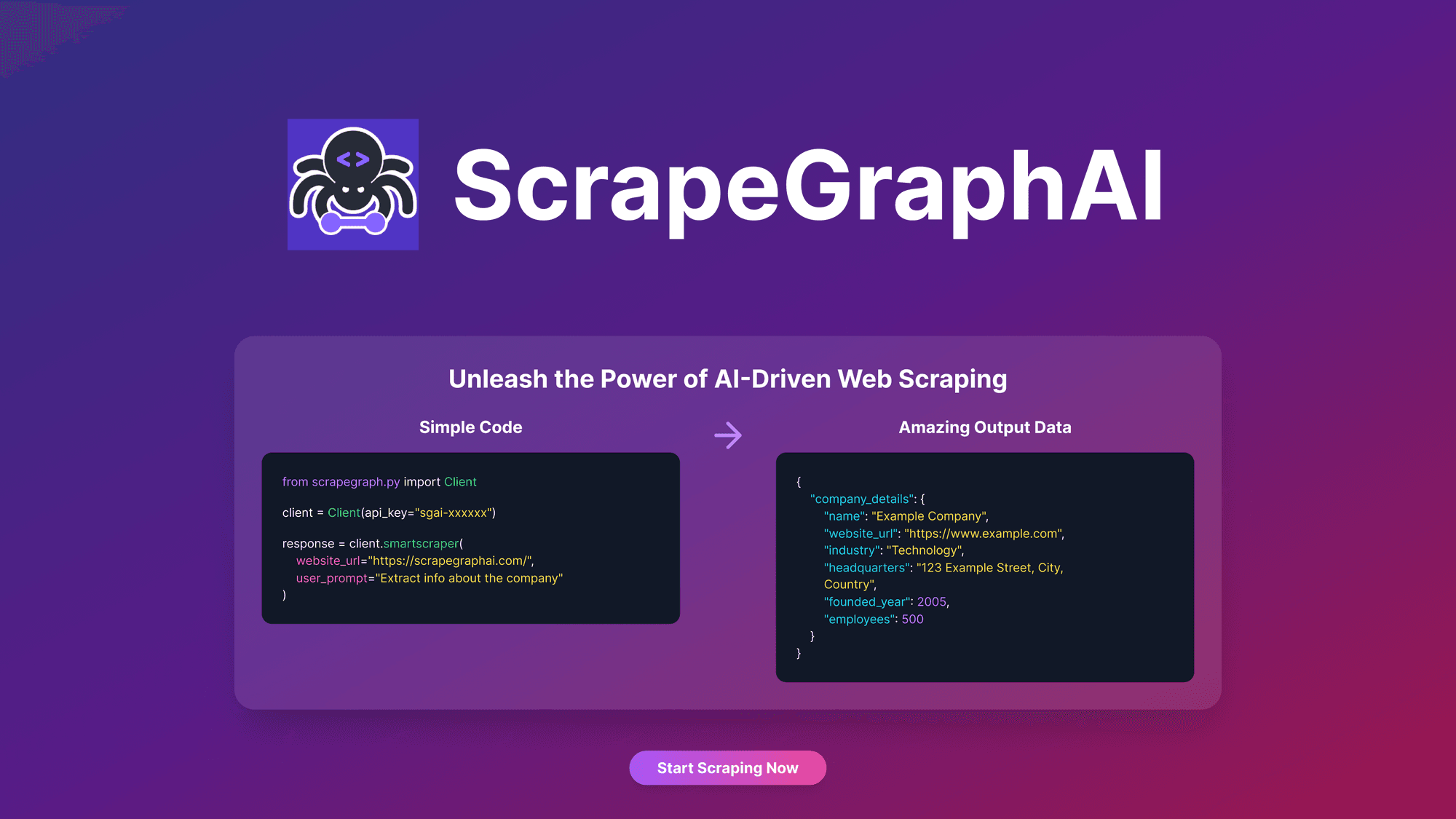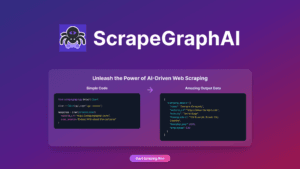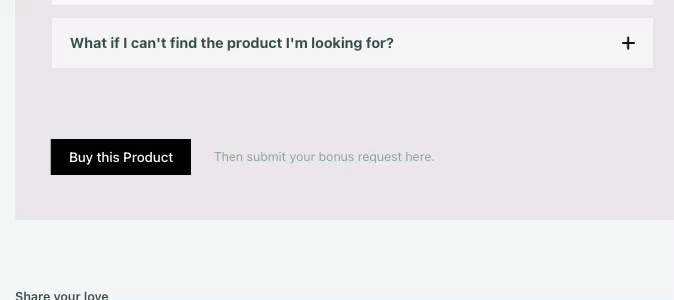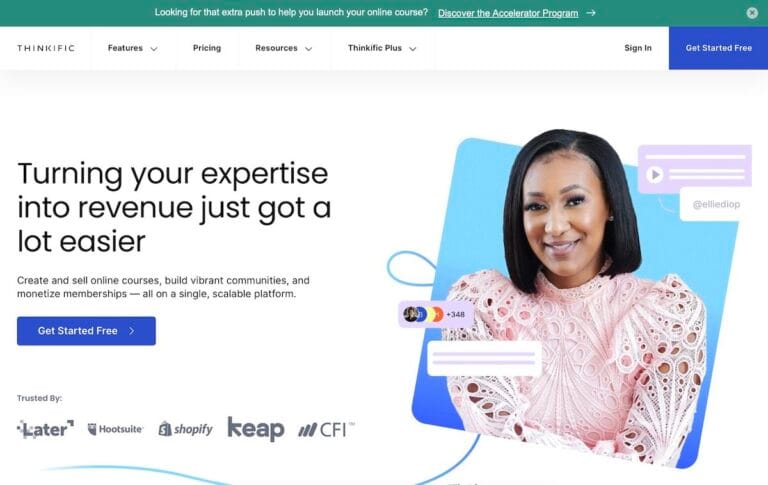The Tangled Web of Data Despair
My fingers hovered over the keyboard, a mixture of frustration and exhaustion etching deep lines across my forehead. Another late night, another impossible data extraction project that seemed determined to break my spirit. The web pages before me looked like a labyrinth of HTML chaos—endless nested divs, scattered information, and no clear path to the structured data I desperately needed.
“There has to be a better way,” I muttered to myself, the empty office echoing my defeated tone.
Drowning in Digital Complexity
For months, my data research team had been struggling. Every web scraping tool we tried felt like using a sledgehammer to perform delicate surgical work. Complex websites with intricate layouts would laugh at our traditional extraction methods, leaving us with fragmented, unusable information. Client projects were piling up, deadlines looming, and our reputation for delivering precise, comprehensive data was hanging by a thread.
I remembered the last client meeting—their disappointed faces as we explained why we couldn’t provide the clean, structured data they needed. Technical limitations, we’d say. But they didn’t care about limitations. They wanted solutions.
A Whisper of Hope
It was during a late-night research session that I first heard about an AI-powered web data extraction approach by ScrapeGraphAI. At first, I was skeptical. How many times had I heard promises of revolutionary tools that ultimately disappointed? But something about this felt different.
The concept was elegantly simple: an intelligent system that could understand web page structures like a human would, but with the speed and precision of advanced artificial intelligence. No more wrestling with complex HTML. No more manual intervention. Just pure, clean data extraction.
My first attempt was tentative. I input a notoriously complex research website—the kind that had broken our previous tools countless times. The new approach used natural language prompts, almost like having a conversation with the data extraction process.
“Extract key research findings from this academic page, focusing on methodology and conclusions.”
Within moments, structured markdown appeared. Not just fragments, but comprehensive, beautifully organized information. I blinked, unsure if what I was seeing was real.
“Sarah, you need to see this,” I called to my lead researcher.
Her initial skepticism matched my earlier hesitation. But as we ran more tests, her professional demeanor began to crack. Excitement replaced doubt.
A New Era of Data Discovery
The transformation was profound. Projects that once took weeks now completed in hours. Our team’s efficiency skyrocketed. We weren’t just extracting data; we were unlocking insights with unprecedented speed and accuracy.
One particularly complex project for a healthcare research client illustrated the dramatic shift. They needed comprehensive data from multiple international medical journals—a task that would have previously taken months of manual work. With our new approach, we delivered a meticulously structured report in less than three days.
“I’ve never seen anything like this,” the client’s lead researcher told me, genuine wonder in her voice.
Beyond Technology: A Philosophical Shift
What we’d discovered was more than just a tool. It was a new way of thinking about data—seeing the web not as a chaotic information jungle, but as a structured, navigable landscape waiting to be understood.
Our team’s approach to research fundamentally changed. We were no longer limited by technical constraints but empowered by intelligent, adaptive technology that understood context and nuance.
Epilogue: The Wisdom of Adaptive Innovation
Reflecting on our journey, I realized the most significant lesson wasn’t about technology, but about perspective. In a world of rapid digital transformation, the most successful professionals aren’t those who resist change, but those who approach new tools with curiosity, openness, and a willingness to reimagine what’s possible.
For business owners and researchers, the message is clear: The right tool doesn’t just solve a problem—it expands your entire conception of what problem-solving can look like. Stay curious. Stay adaptable. And never stop believing that there’s always a more intelligent way to approach complexity.






